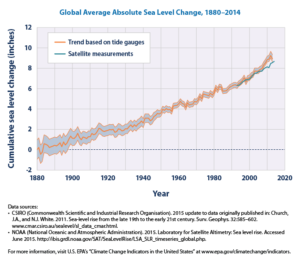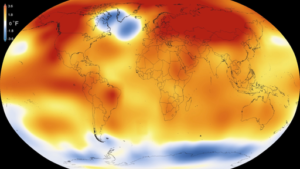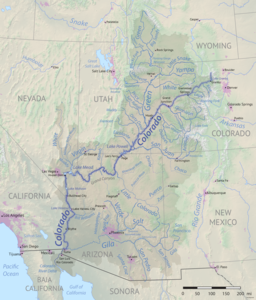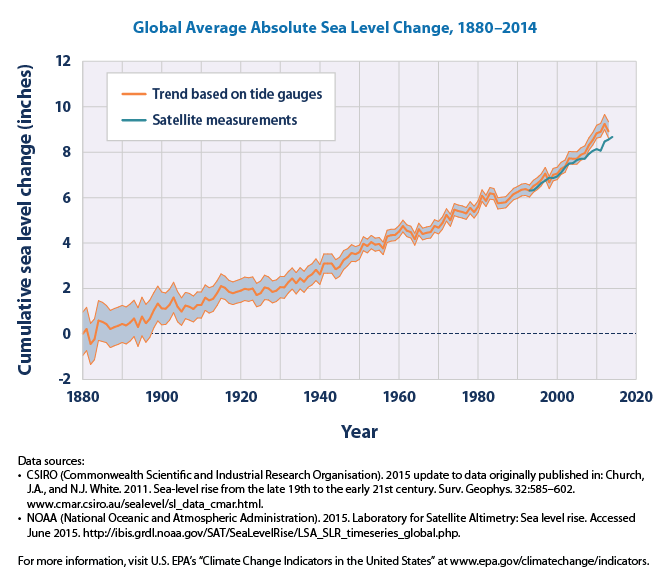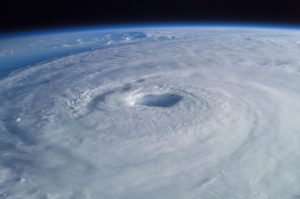The case for new nuclear power plants
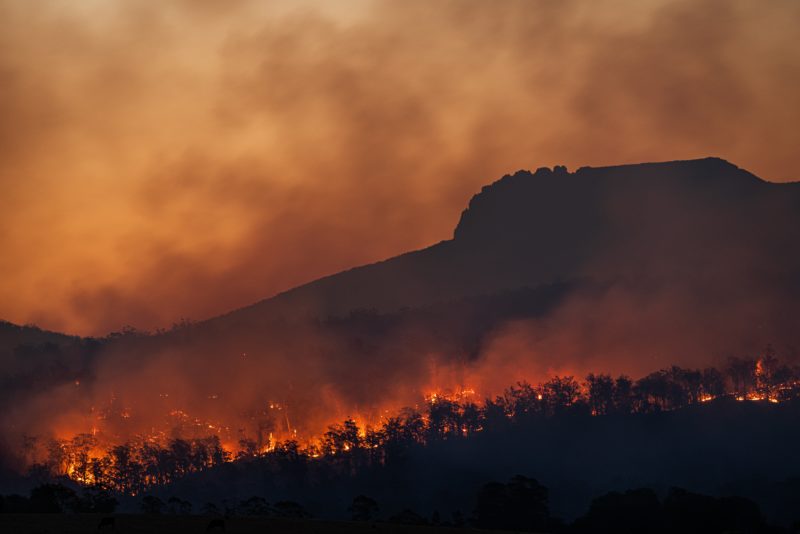
In the aftermath of the Fukushima disaster, and with the dramatic rise of wind energy, it seemed that the nuclear industry was fated to oblivion. But that hasn’t happened, particularly in Europe. Instead, the wildfires on the US west coast and Australia, as well as heatwaves, have focused the world’s attention on decarbonizing the economy. At the same time, natural gas prices have surged, which has caused popular unrest and anger from Brazil to France. Worse, Europe has been disappointed over the last few months as the wind industry has produced less power than expected. All these factors combined have led to a radical rethink of nuclear energy. If this is truly a global climate emergency, how can nations globally reduce their CO2 emissions quickly enough without including nuclear in the mix? A recent New York Times article has discussed the debate in Europe.
France, which already heavily relies on nuclear power, is planning on expanding its nuclear industry. For the past twenty years there has been substantial interest in smaller, modular nuclear plants, which might be quicker to produce. A number of European nations, such as the UK, are now expressing interest in this option. The argument that nuclear proponents make is that nuclear waste can be rethought of as nuclear fuel for future reactors, as new technologies are developed. And the total amount of space needed to store this waste is modest. Still, as the NYT article above suggests, this argument is not persuading many nuclear energy critics, in places such as Germany. In other countries, however, the nuclear industry seems to be achieving momentum.
The pro-nuclear movement exists in Canada and the US as well, often led by younger people who perceive the global climate crisis as a global challenge. One good place to hear this movement’s arguments is the podcast Decouple, which posts frequently. The podcast has given extensive attention to the decommissioning of the Pickering nuclear power plant in Ontario, Canada, and similar topics. Be forewarned- you won’t get a balanced view of the nuclear debate on this podcast. But if you want to hear why nuclear power plants should be rethought of as “climate cathedrals,” this is the podcast for you. And you’ll also hear an argument as to why misinformation and unrealistic thinking have driven bad energy choices, which will deeply hamper our collective efforts to fight global warming.
What’s most interesting to me is that I am now hearing the same arguments in favor of nuclear power both from older environmentalists -the last group that I would ever expect to adopt a pro-nuclear position- as well as as a younger generation. I think that the wave of recent climate catastrophes has changed the conversation in ways that I never would have guessed in the months after the Fukushima catastrophe.

